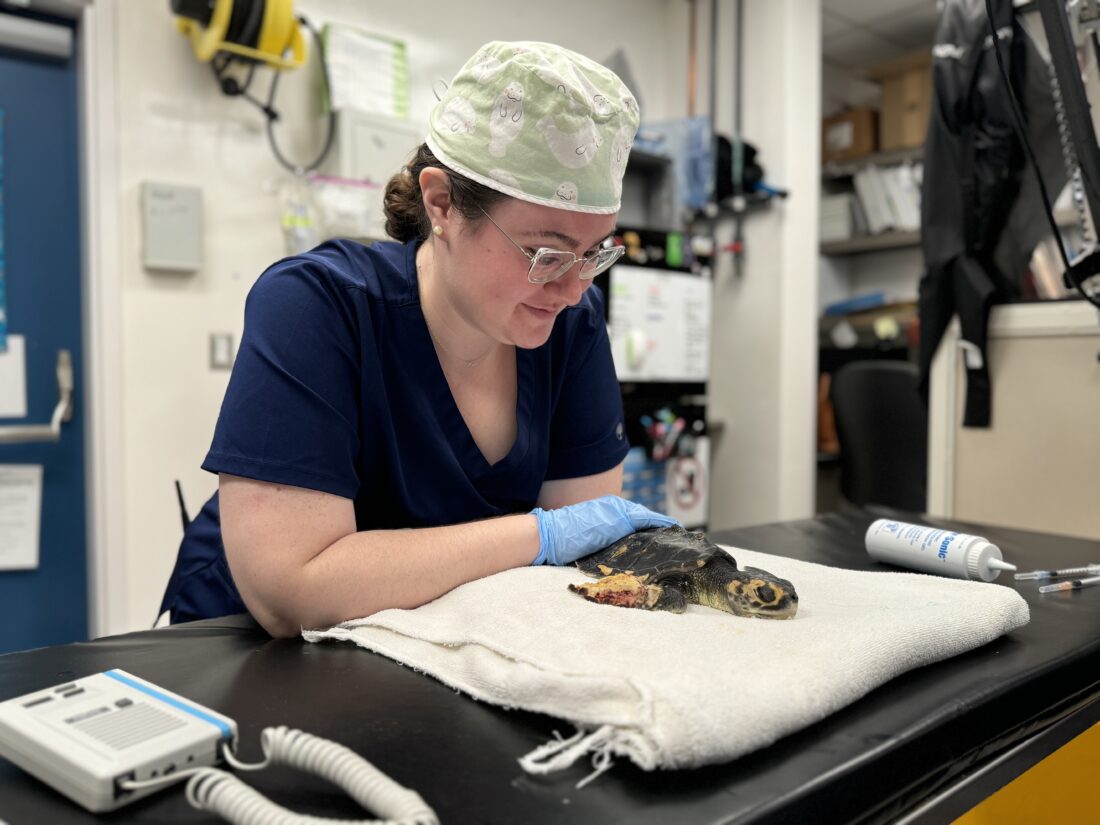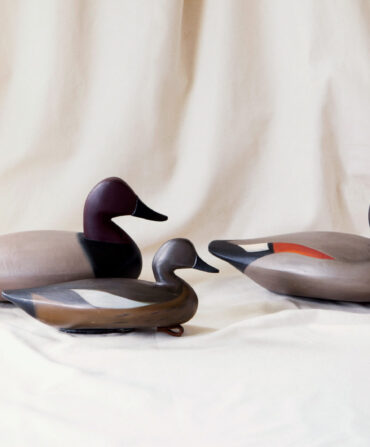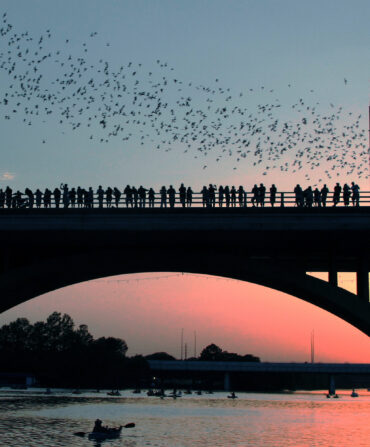At the end of August, some three miles offshore of Charleston, a boater cleaning up a pile of marine debris noticed a small sea turtle entangled helplessly within. He put in a call to the South Carolina Department of Natural Resources, which quickly dispatched a team to rescue the creature and transport it to the South Carolina Aquarium. “Seeing a turtle this small that had already gone through such trauma from entanglement in plastic debris was heartbreaking,” says Melissa Ranly, the manager of the aquarium’s Sea Turtle Care Center.

Upon arrival, the reptile weighed just 1.5 pounds, becoming the center’s smallest ever sea turtle patient. The team dubbed it Chia, estimating it to be one year of age and, in honor of the name, calculating its weight at forty-eight tablespoons of chia seeds. (A sea turtle’s sex remains unknown until adulthood.) Chia’s injuries were severe: The right side of the head, including the eye, showed damage, and plastic thread wound so tightly around the right flipper that it cut to the bone.

Because Chia is a Kemp’s ridley, saving the turtle’s life and returning it to the wild is a critical mission. Kemp’s ridleys are both the smallest and the most endangered sea turtles in the world. Once, they were abundant along the Gulf Coast, nesting by the thousands in Mexico and Texas. But by the mid-twentieth century, their population was crashing; the turtles too often ended up as bycatch in commercial and recreational fishing gear.
Since then, conservation measures like adding turtle excluder devices to fishing nets and nest protection programs on beaches have helped the species regain a toehold. From the dangerously low estimate of just 200 nesting individuals in the 1980s, biologists think there are somewhere between 7,000 and 9,000 nesting Kemp’s ridleys today. But the species is far from out of the woods, and every turtle counts—especially the ones like Chia that have already made it past the most vulnerable hatchling stage. While Kemp’s ridleys aren’t frequent guests to South Carolina (there are records of just three nests in the state in history), juveniles like Chia sometimes do turn up in the Atlantic.
At the aquarium, the care team had to amputate part of Chia’s flipper and suture on a fish-skin patch (the sea turtle version of a skin graft) to help the site heal. The operation took just under an hour and now, a few weeks later, Chia is still in critical condition. But the team has high hopes. “Sea turtles are resilient creatures and are most often able to adjust to missing one flipper and still be released to live a healthy life in the wild,” Ranly says. “At such a young age, Chia has a lifetime ahead to practice maneuvering with one less flipper and has already shown incredible strength.”
Below, see a video of the tough little turtle swimming in rehab.








